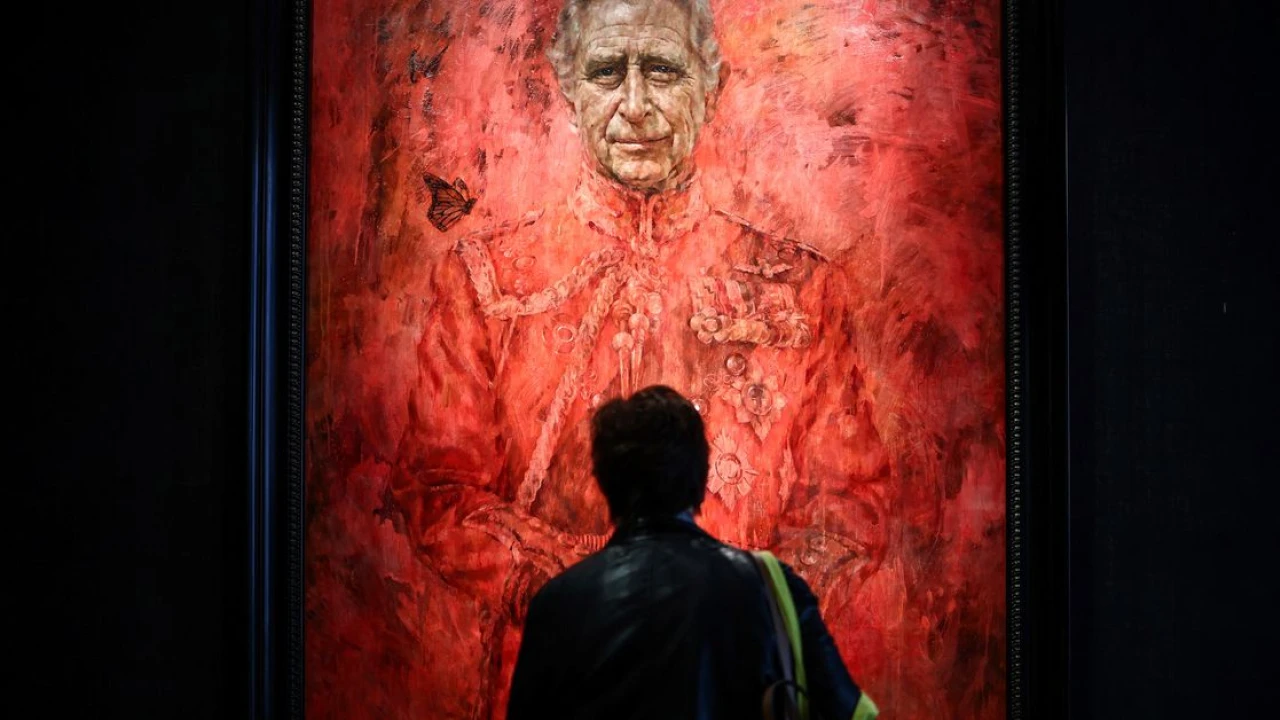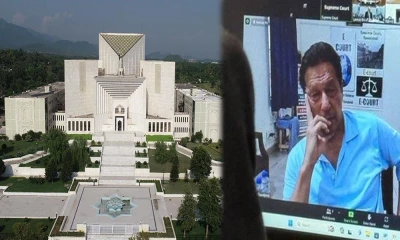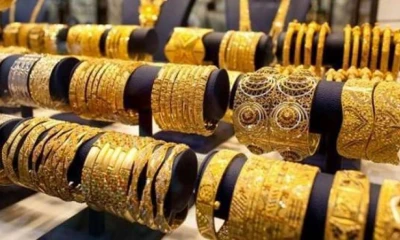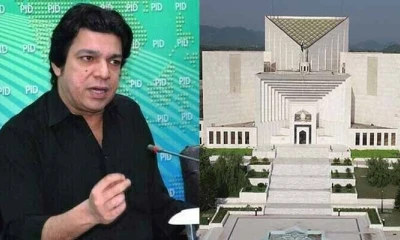Pakistan
No free lunch, no easy solution
There should be no doubt that when in 1996 Pakistan Tehreek-e-Insaf (PTI) was launched, it’s aim was to end corruption in the country.
Throughout Imran Khan’s political career, his focus was always centered on looted wealth; on the ardaris and the Sharifs. However, today, it seems like perhaps for Imran Khan, the removal of Zardari and Sharif represented an easy solution to the problems Pakistan faces. As opposed to changing the system, reforming the administration, making a team and planning, the eradication of the two rivals seemed like a much easier step to take.
It was not too difficult to brand the two “thieves” and build the impression that inflation, joblessness, injustices and systemic ills were all because of former rulers. It was easy then to sell the simplistic formula that the eradication of PML-N and PPP governments would automatically lead to the end of all problems.
Ironic then, that today the biggest pitfall that faces the government is the extremely simple solution it offered to these extremely complex problems.
Who can forget what Imran Khan had said before becoming Prime Minister? “I will commit suicide rather than going to the IMF [International Monetary Fund],” he had pledged. Who can forget that Asad Umar and Mian Atif were presented to the country as their economic saviors? According to Murad Saeed, now a Minister, as soon as PTI would form a government, it would bring back $200 billion of Pakistan’s looted wealth and pay off all international loans.
Today Pakistan is not ruled by Asif Ali Zardari. Nawaz Sharif is not the ruler in Islamabad. Imran Khan is sitting in the Premier’s seat since almost three years. The former two have been to jail. They have been bombarded with cases upon cases. But “Naya Pakistan” remains unchanged from the older one. Corruption continues unabated. The common citizen has received no relief. Inflation and unemployment rage on. The dreams of the youth are still shattered.
Affordable housing hasn’t been built, jobs have not been created. Necessary goods are outside the reach of the average citizen. Utility prices remain high.
In short, neither the departure of Zardari, nor the removal of Sharif has resulted in any kind of change. In many ways, matters have become worse, giving rise to more anxiety and hopelessness among the masses. The reason for all this is Imran Khan himself and the though process that PTI refuses to change.
Believing that the simple act of bringing Imran into power will be a universal panacea is something we must all now be concerned with. Compare PTI government’s performance to that of Zardari and Nawaz Sharif. The former has raised the price of gas and electricity by almost 30%. Circular debt has reached the horrifying figure of Rs. 2400 billion, and are projected to reach Rs. 3800 by 2025. Electricity costs, raised a stunning 22 times already, are set to be raised once again. Clarified butter [desi ghee] is more expensive by Rs. 200 while cow’s milk is more expensive by Rs. 100. Fuel and petroleum products have risen by Rs. 40 per liter. Vegetables, the staple food for all poor households, have also become more costly, by Rs. 40 to Rs. 100 per liter.
Burdened by the continuing destruction of the economy, industries are now mulling downsizing their staff by as much as 20%. Eid holidays, brought about by a covid wave, might result in a Rs. 11 billion daily loss to our export sector. Speaking of coronavirus, that brings its own set of problems quite unique to us. Sputnik, the vaccine developed by Russia, is retailing for Rs. 750 in India, while here it is being sold by Rs. 12,500.
In corruption indexes, we have been on a steady freefall. FDI has been reduced by 27% in just seven months.
Three years in power preceded by 22 years of struggle have ended in these depressing figures. Not one day of these years was spent on planning for resolving the country’s many issues. All that the party and its Chairman planned was to refer to Asif Ali Zardari and Nawaz Sharif as “thieves”. Perhaps they really did believe that all that nothing more than this over simplistic step was required.
As they say, it is not easy to fool all the people all the time, but PTI has surely fooled itself for 25 years now.
Crime
Naqvi orders crackdown against encroachments in Islamabad
The authorities demolished encroachments of Raja Gulfraz Farm in Sangjani Sasing and sealed another factory

Islamabad: Federal Minister for Interior Mohsin Naqvi on Saturday ordered a crackdown against the encroachments in Islamabad.
Mohsin Naqvi directed the Capital Development Authority (CDA) staff to remove and eliminate all encroachments without discrimination and without accepting any pressures from anywhere.
He ordered Islamabad administration, CDA and police to conduct joint operation against the encroachment. Chairman CDA and Chief Commissioner Islamabad Muhammad Ali Randhawa immediately took action on the direction of the federal minister and launched an operation against encroachments in Islamabad. The authorities demolished encroachments of Raja Gulfraz Farm in Sangjani Sasing and sealed another factory.
The farmhouse was built illegally by constructing 10 rooms on 24 kanal area The Islamabad administration and the police led by the DC and CDA, jointly conducted the operation against encroachments.
Pakistan
Flight carrying Pakistani students from Bishkek lands at Lahore airport
Federal Interior Minister Mohsin Naqvi was present at the airport to personally receive the returning students

Lahore: A special flight, KA-571, carrying over 180 passengers including students who faced violence in Kyrgyzstan successfully landed at Lahore Airport on Saturday.
Federal Interior Minister Mohsin Naqvi was present at the airport to personally receive the returning students. He was joined by the Chief Operating Officer of Lahore Airport and other senior officials.
The arrival of the students was met with relief and joy, as families and officials welcomed them back home safely.
Besides it, Prime Minister Muhammad Shehbaz Sharif decided to send Deputy Prime Minister and Foreign Minister Ishaq Dar to Bishkek, Kyrgyzstan.
Federal Minister for Kashmir Affairs Amir Muqam will also travel to Kyrgyzstan along with Deputy Prime Minister and Foreign Minister.
Both the ministers will depart for Bishkek tomorrow morning via a special aircraft.
The Deputy Prime Minister and Foreign Minister will hold meetings with senior government officials in Bishkek and ensure provision of medical facilities to the injured students.
They will also review matters related to the repatriation of Pakistani students.
The Prime Minister has been monitoring the situation throughout the day today and remained in contact with the Pakistani Ambassador in Bishkek.
Despite the situation being under control, it has been decided to send this delegation to Bishkek to ensure necessary cooperation and facilitation for Pakistani students.
Regional
Blood, flames, and horror movies: The evocative imagery of King Charles’s portrait
The furor over the painting points to the Crown’s deeper problems.

As far back as the 1500s, the British Royal Family has used formal portraits to project a positive and authoritative image. Their most recent entry, however, is giving audiences a very different impression, the latest in a series of public relations blunders at a tenuous time for the monarchy.
The new portrait of King Charles, by British artist Jonathan Yeo, features the monarch looking on serenely while wearing a red Welsh Guards uniform against a red backdrop. Aside from his hands and face, the portrait is covered in red paint strokes, a visual that for some onlookers, recalled flames, blood, and horror films.
“It looks like he’s bathing in blood,” a commenter quipped on an Instagram post announcing the portrait. “To me it gives the message the monarchy is going up in flames or the king is burning in hell,” another commenter wrote.
King Charles unveils his first official portrait since coronation. pic.twitter.com/YVGtlnDhx7
— Pop Base (@PopBase) May 17, 2024In his description of the painting, Yeo says a chief aim was to capture Charles’s evolution as a leader and ascension to the throne. The painting also includes a butterfly hovering above Charles’s right shoulder, an addition the king reportedly suggested himself to illustrate his transformation and commitment to environmental causes.
For some, the bold palette of the painting conjured more brutal aspects of the monarchy’s history, however. Certain observers have interpreted the work as a reminder of the Crown’s bloody advancement of colonialism. “It almost alludes to some sort of massacre that he’s been part of,” Tabish Khan, a London art critic, told Business Insider. “Given the royal family’s history and ties to colonialism and imperialism, it’s not hard for people to look at it and then make the leap that it’s somehow related to that.”
Others have dabbled in memes referencing The Picture of Dorian Gray, the painting of a villain from Ghostbusters 2, and the anecdote Charles once told about wanting to be Camilla’s tampon.
And while much of the response has been poking fun at the portrait, the controversy also points to deeper issues the monarchy faces, as it navigates an uncertain transition after Queen Elizabeth II’s death and grapples with its own past.
The painting aimed to capture Charles’s transformation
Yeo, an established artist who has also painted former UK Prime Minister Tony Blair as well as Charles’s father Prince Philip and his wife Queen Camilla, sat with Charles four times for his first portrait as King.
Prince Philip, Duke of Edinburgh 1921-2021
He was a hugely impressive man in person, who’s public persona belied a fierce intelligence, quick humour and seemingly endless curiosity. Very happy memories of sittings at Buckingham Palace back in 2006#rip #princephilip pic.twitter.com/mCYS6odFRv
“Royal portraits in the past have had an important role to play in signifying power and projecting an image,” the BBC’s Katie Razzall writes. “They were part of the tools used to ensure the survival of the monarch.”
One of Yeo’s aims with the painting, which he began in 2021, was to underscore Charles’s essence as a person, how he’s changed as he’s taken on the role of king and the struggles he’s endured. “My interest is really in figuring out who someone is and trying to get that on a canvas,” Yeo told the BBC.
Yeo’s website describes the color scheme as injecting a “dynamic, contemporary jolt” to the work, differentiating it from past portraits. The red is also inspired by the bright red color of the Welsh Guards uniform and is intended to give a nod to Charles’s military service; he became a colonel in the Welsh Guards in 1975. It’s also a color Yeo has used in the past, with paintings of actor Giancarlo Esposito and World War II veteran Geoffrey Pattinson featuring similar color schemes.
Many of Yeo’s past works are composed much like Charles’s, with one dominant color serving as the background and the subject’s face seemingly floating in the foreground.
According to Yeo, both the king and queen had previously seen parts of the painting and appeared to respond positively at the time. “Yes, you’ve got him,” Camilla reportedly said about his capturing Charles’s personality. The artist notes that Charles was surprised by the color, but broadly seemed to like the unfinished work he saw. In a video clip of the official unveiling, Charles himself appears initially startled by the painting.
The portrait’s reception recalls the monarchy’s problems
Much like US presidential portraits, the paintings of UK monarchs are intended to send a message about their leadership and character.
In one of former President Barack Obama’s portraits, artist Kehinde Wiley featured him surrounded by green foliage, a move that honored his upbringing in different places, and that marked a break from past presidential portraits.
The red in King Charles’s portrait had much less flattering connotations for some observers, though, as they see allusions to the country’s colonialism. For centuries, the British Empire violently seized power in numerous countries — including India, Kenya, and New Zealand — and the monarchy was a key symbol of its authority in those places.
Even today, the king is still considered a figurehead, and the “head of state” in 15 independent countries that are part of the British Commonwealth. Many — including Jamaica — are actively working to remove Charles as their official “head of state,” a role that’s purely symbolic but nonetheless represents Britain’s history of oppression.
In this capacity, and others, the modern monarchy remains a key symbol of the UK’s governance, even though royals don’t have practical policymaking power like Parliament and the prime minister.
As such, many experts and people from former colonies have been eager to see the monarchy do more to reckon with its imperial history, and to more explicitly acknowledge it.
“Imagine a very different kind of monarchy, where in the name of decency rather than politics, a monarch could say things like, ‘We acknowledge and regret the role of Britain, the British government and the British monarchy in slavery and colonialism.’ That kind of moral leadership could have such a different impact in the world,” Priya Satia, a history professor at Stanford, previously told Time.
The portrait is, in a sense, the least of the monarchy’s recent problems as it navigates a difficult transition following Queen Elizabeth II’s 70-year reign. There was the awkward rupture with Charles’s youngest son Prince Harry and his wife, American actress Meghan Markle. Charles publicly disclosed a cancer diagnosis in February. His daughter-in-law, Princess Catherine of Wales, revealed her own cancer diagnosis in March, following months of rampant speculation about her well-being.
What was once a canvas for projecting royal authority has instead become another reckoning with what the monarchy stands for and the brutal history it’s failed to fully confront.
-

 Pakistan 2 days ago
Pakistan 2 days agoAfter Imran’s photo leak, mobiles banned in SC
-

 Pakistan 2 days ago
Pakistan 2 days agoTariq Cheema apologises to Zartaj Gul after NA misconduct
-

 Regional 2 days ago
Regional 2 days agoSun shines in Lahore, no chance of rain
-

 Business 2 days ago
Business 2 days agoRs1,600 increase recorded in per tola gold price
-

 Pakistan 1 day ago
Pakistan 1 day agoSuo Motu case: CJP seeks response from Vawda, Mustafa
-

 Business 1 day ago
Business 1 day agoGold price dips by Rs600 per tola
-

 Pakistan 1 day ago
Pakistan 1 day agoNewly elected MNA Ali Pervaiz takes oath
-

 World 1 day ago
World 1 day agoRiots among students in Kyrgyzstan













